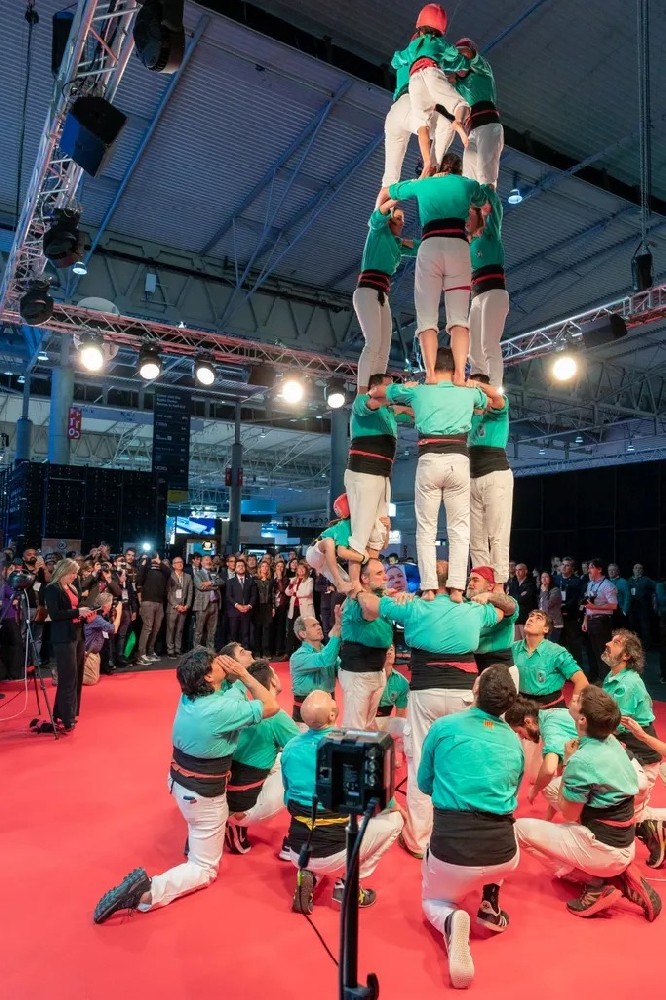
ISE2023-The Presidential party enjoyed a demonstration of the Catalan tradition of human towers in the Content Production & Distribution Zone
About the human towers :
In Catalonia the human towers are called Castells ,which were first documented as a cultural form in 1801. They appeared in Tarragona, a rural and religious province of Catalonia. With nineteenth century industrialization, they became a traditional practice, central to popular nationalist celebrations. At the end of the nineteenth century, the “Golden Era of Castells,” groups were even able to build human towers of up to nine levels of people standing on each other’s shoulders.
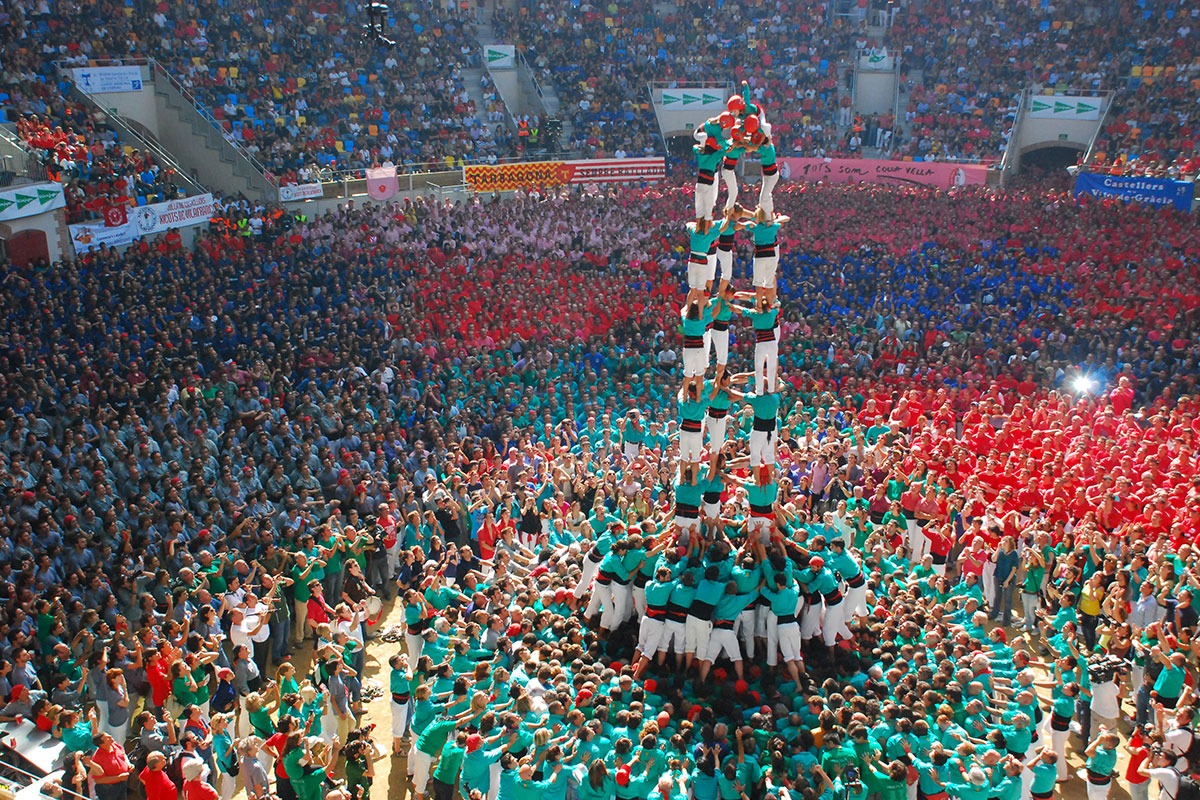
However, fewer people practiced the tradition with the advent of the economic crisis at the beginning of the twentieth century. At the lowest point, there were only two castells groups in the whole country. During Francisco Franco’s dictatorship from 1939 to 1975, the regime forced the two main colles (teams) to merge, and there was no significant development of the practice until 1981.
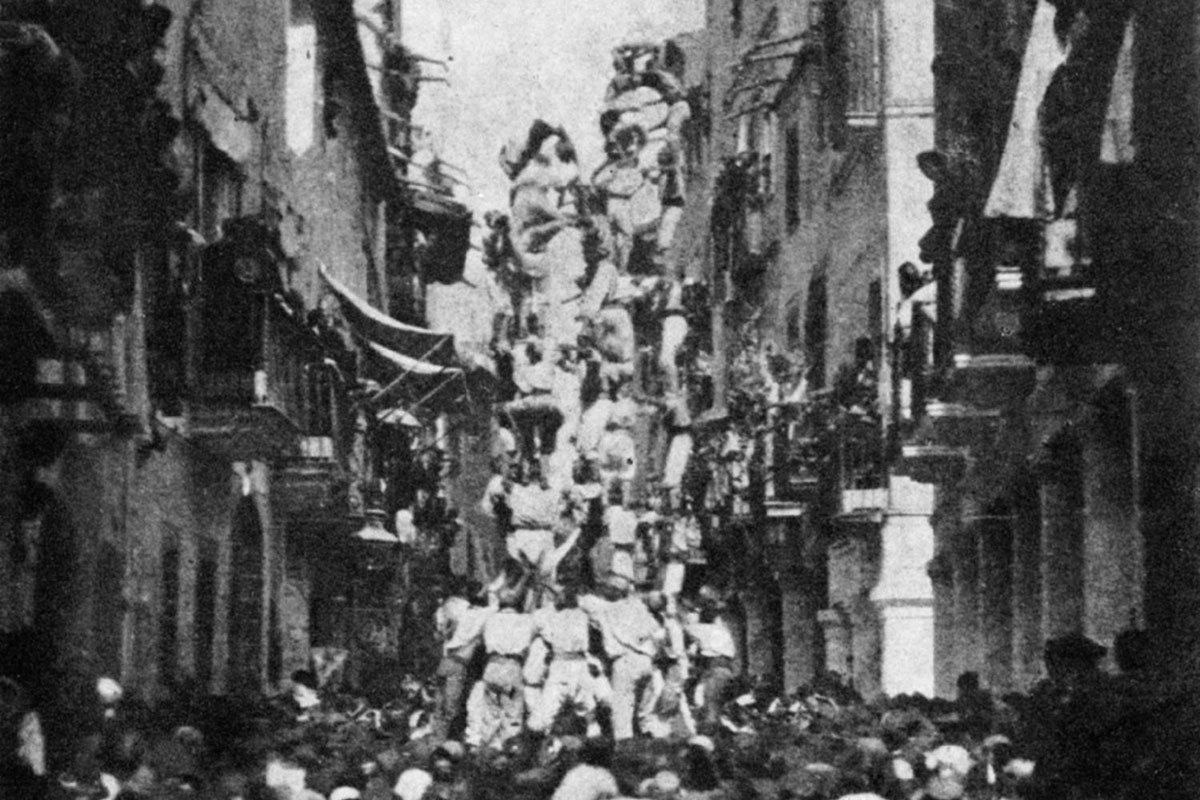
The transition to democracy generated significant changes in Catalan social life, including the resurgence of popular street festivals and celebrations and the formation of twenty-three castellsgroups. It became a modern practice, in urban settings instead of just rural ones. Team members gained social prestige, and they went through a process of internal democratization, allowing women in the groups for the first time. They were also professionalized, with regular team practices and a study of technique. A growing number of groups also began to receive economic support from their towns.
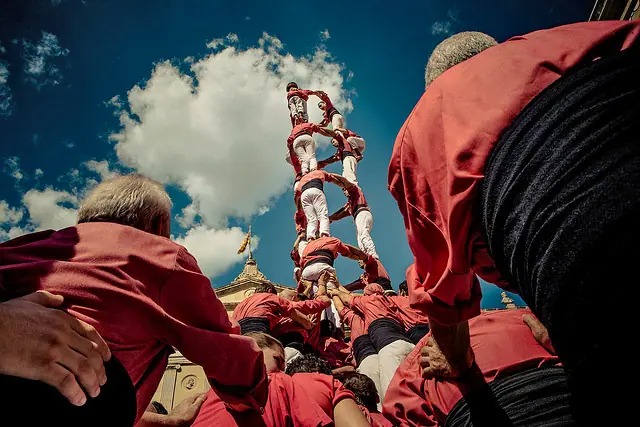
These changes meant that castells are now thriving. Previously seen only in southern Catalonia, the tradition is now practiced in the entirety of the country and has become one of most representative Catalan cultural practices, even designated by UNESCO as Representative Intangible Cultural Heritage of Humanity. Now 15,000 people in more than 100 groups practice across Catalonia. Its transformations demonstrate the power of the Catalan culture to evolve and adapt to new social circumstances, bringing together tradition and modernity.
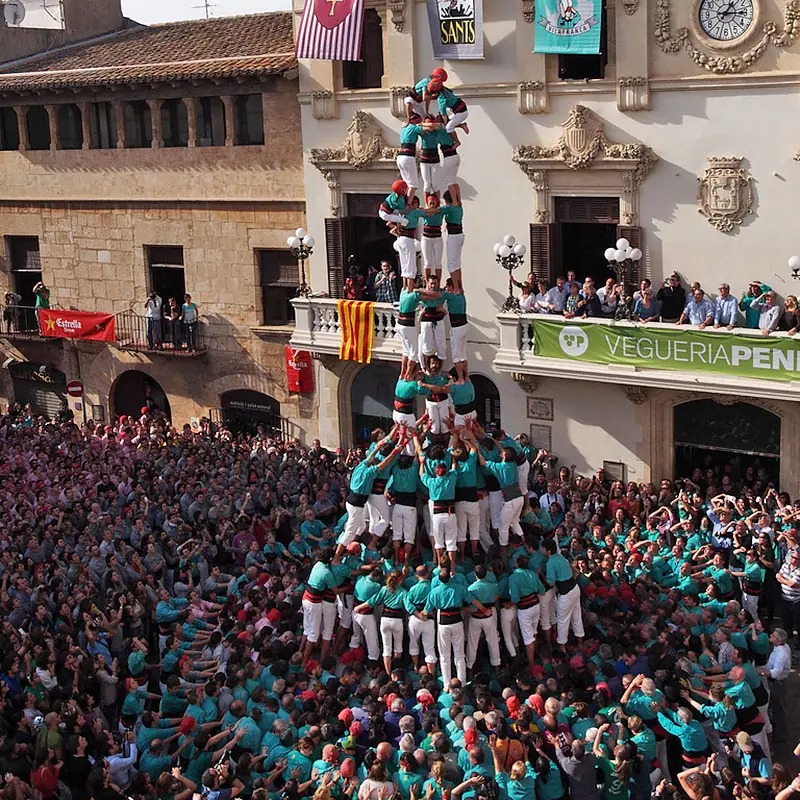
Reference:
https://www.iseurope.org/ise-2023-photo-gallery
https://festival.si.edu/blog/human-towers-a-visual-history-of-a-catalan-tradition


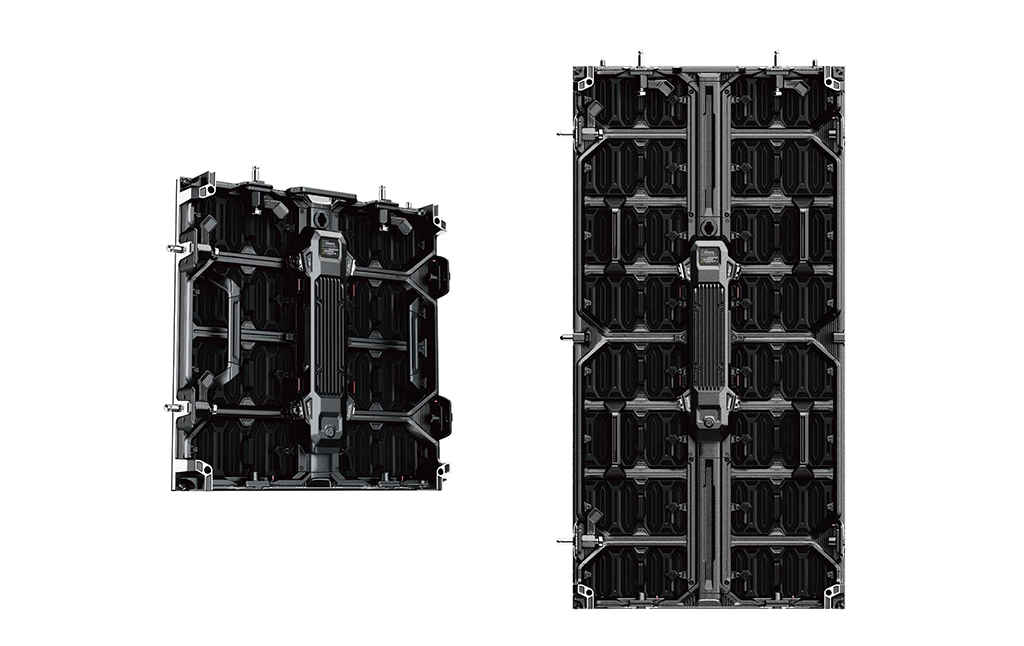

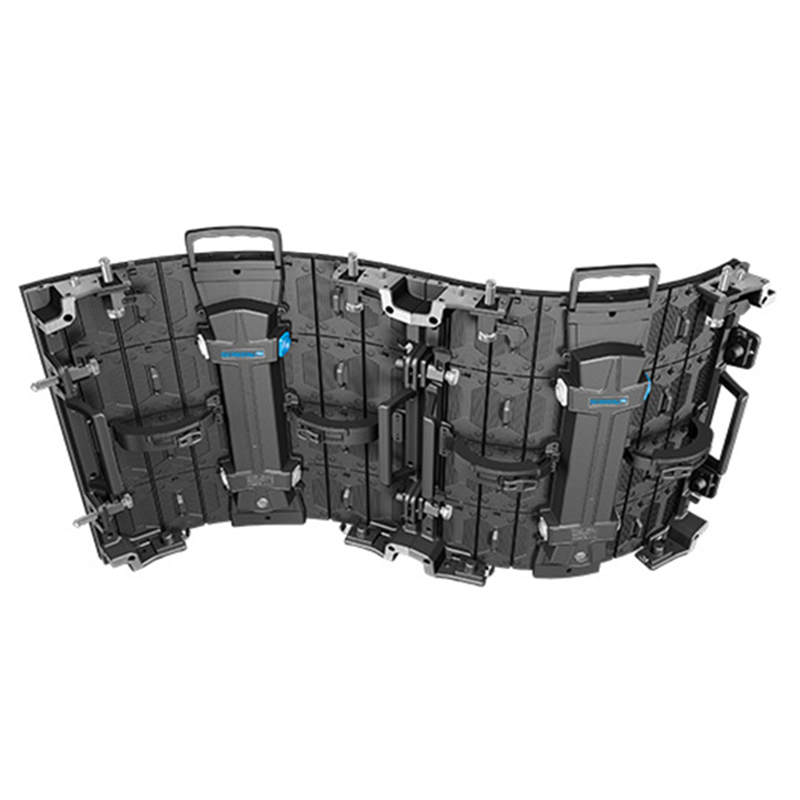
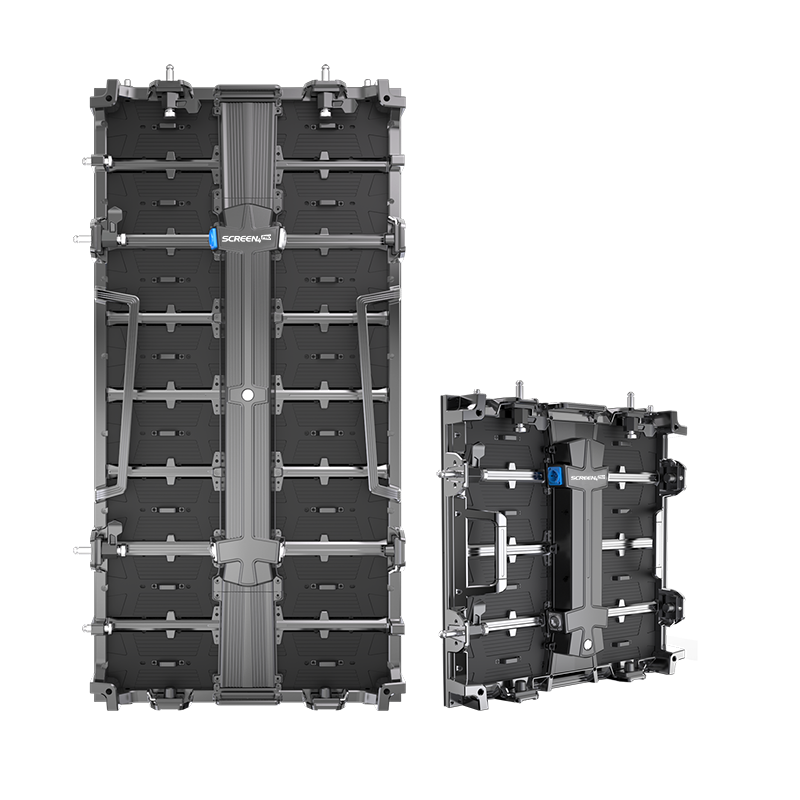


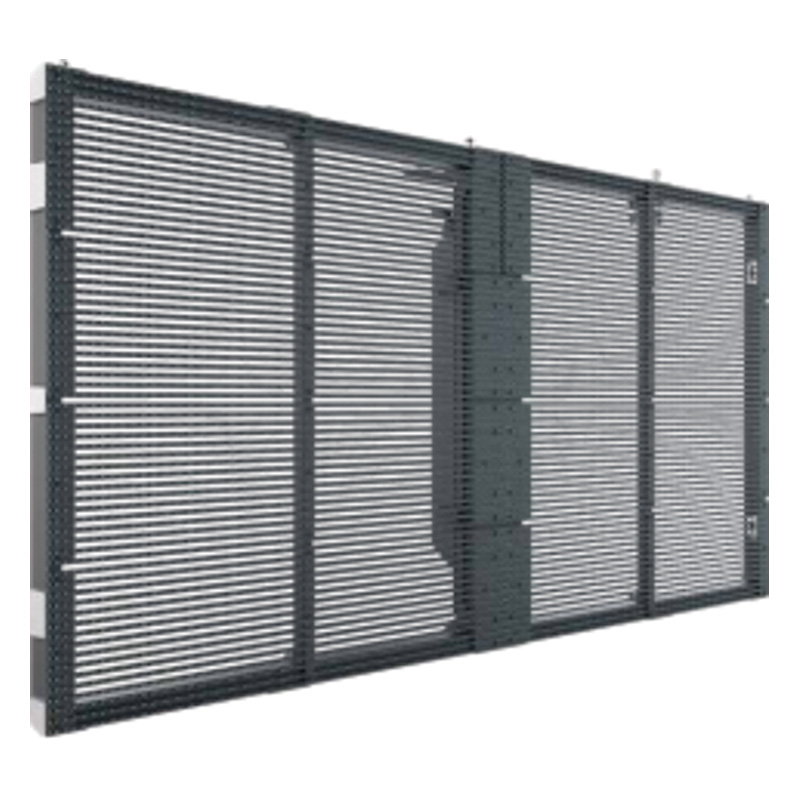
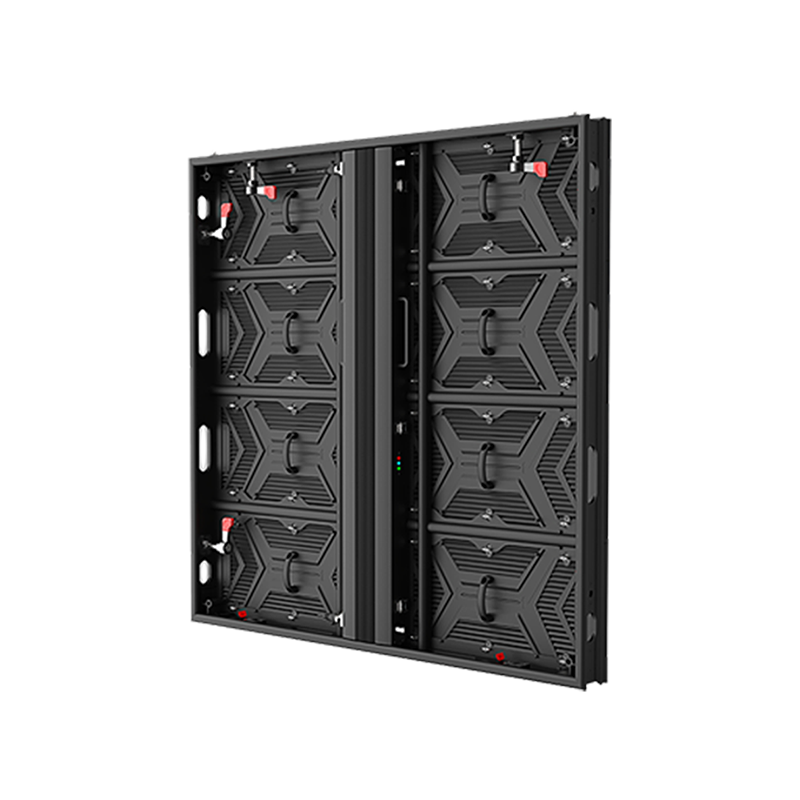

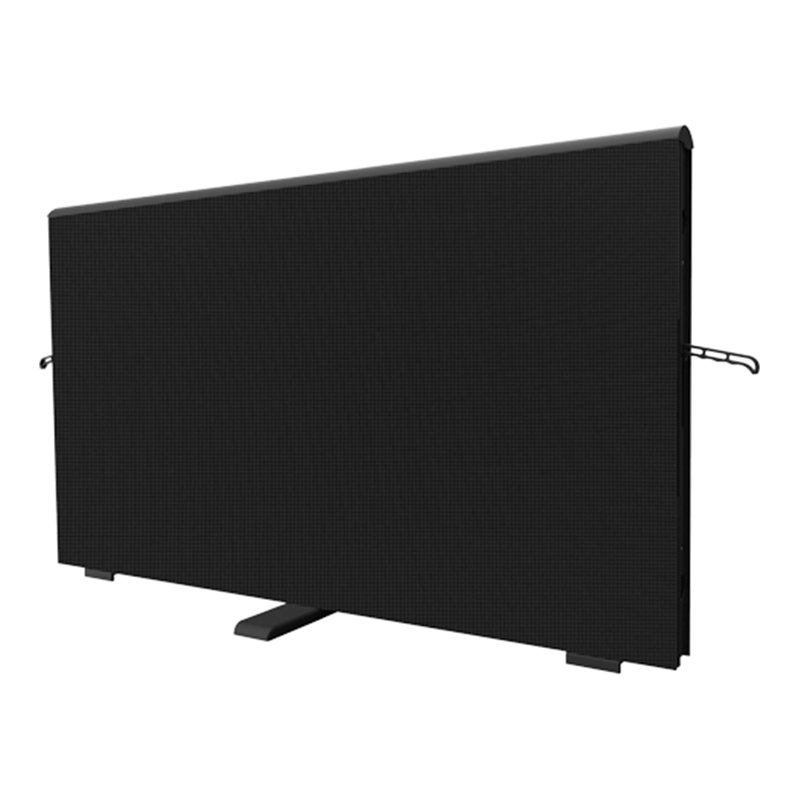







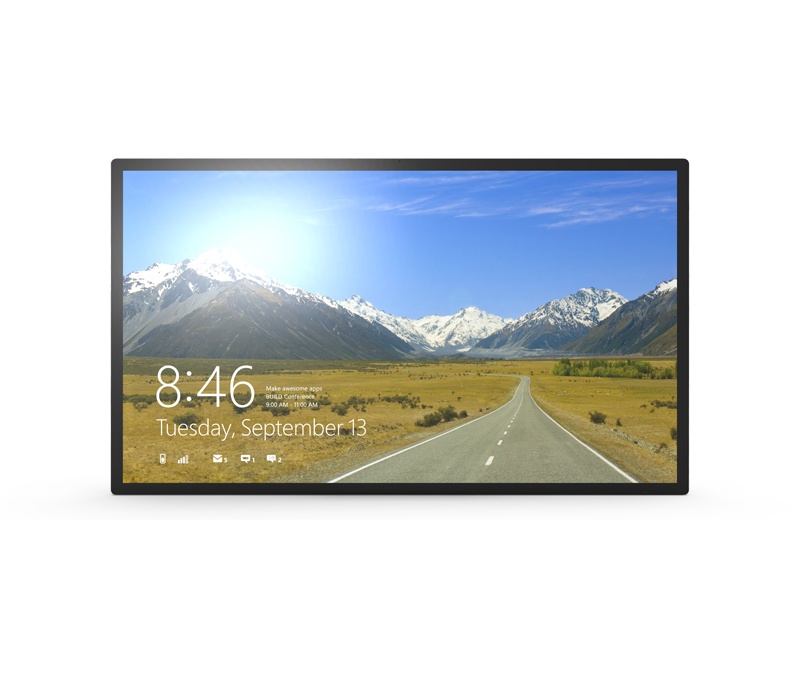


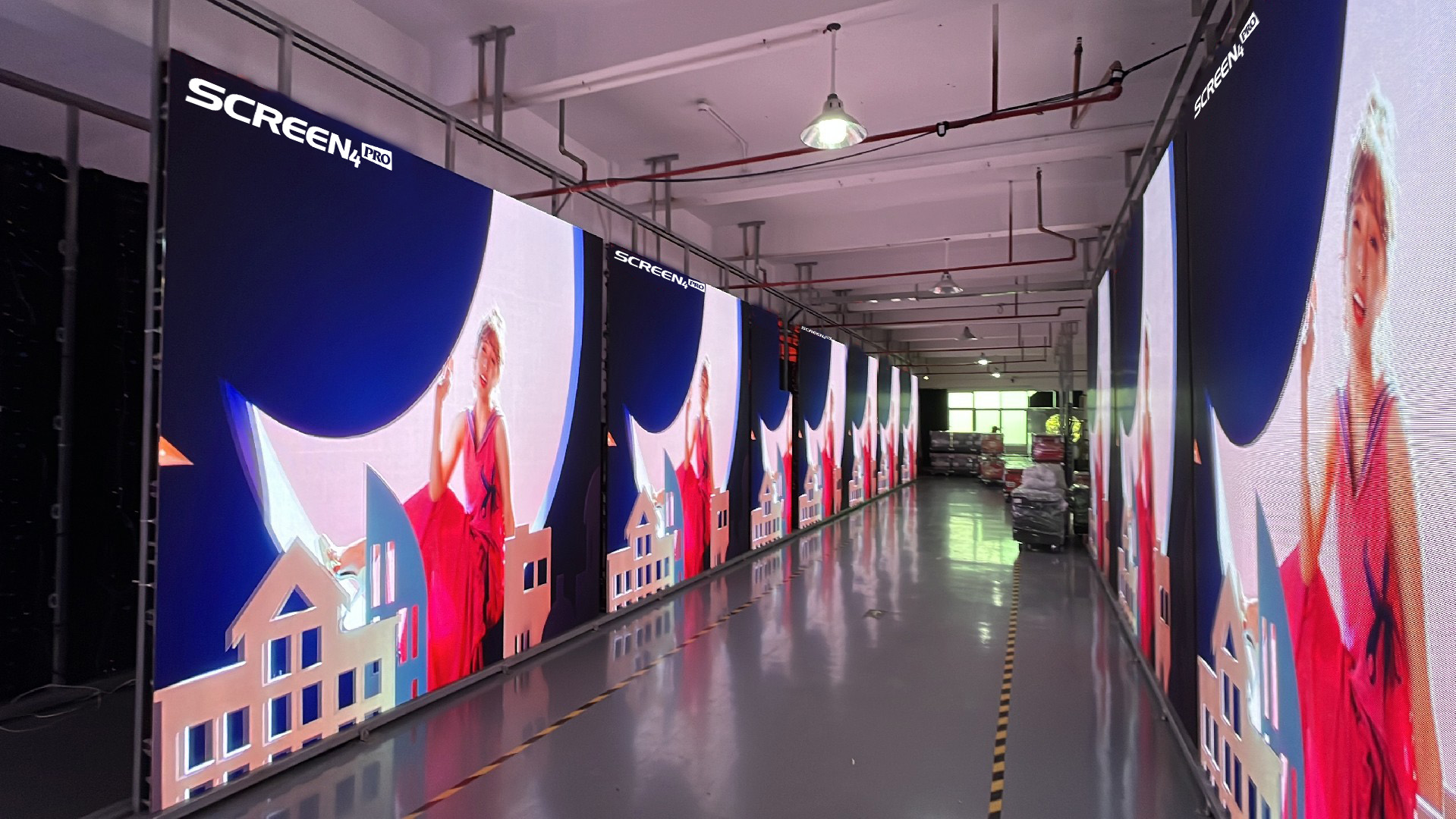
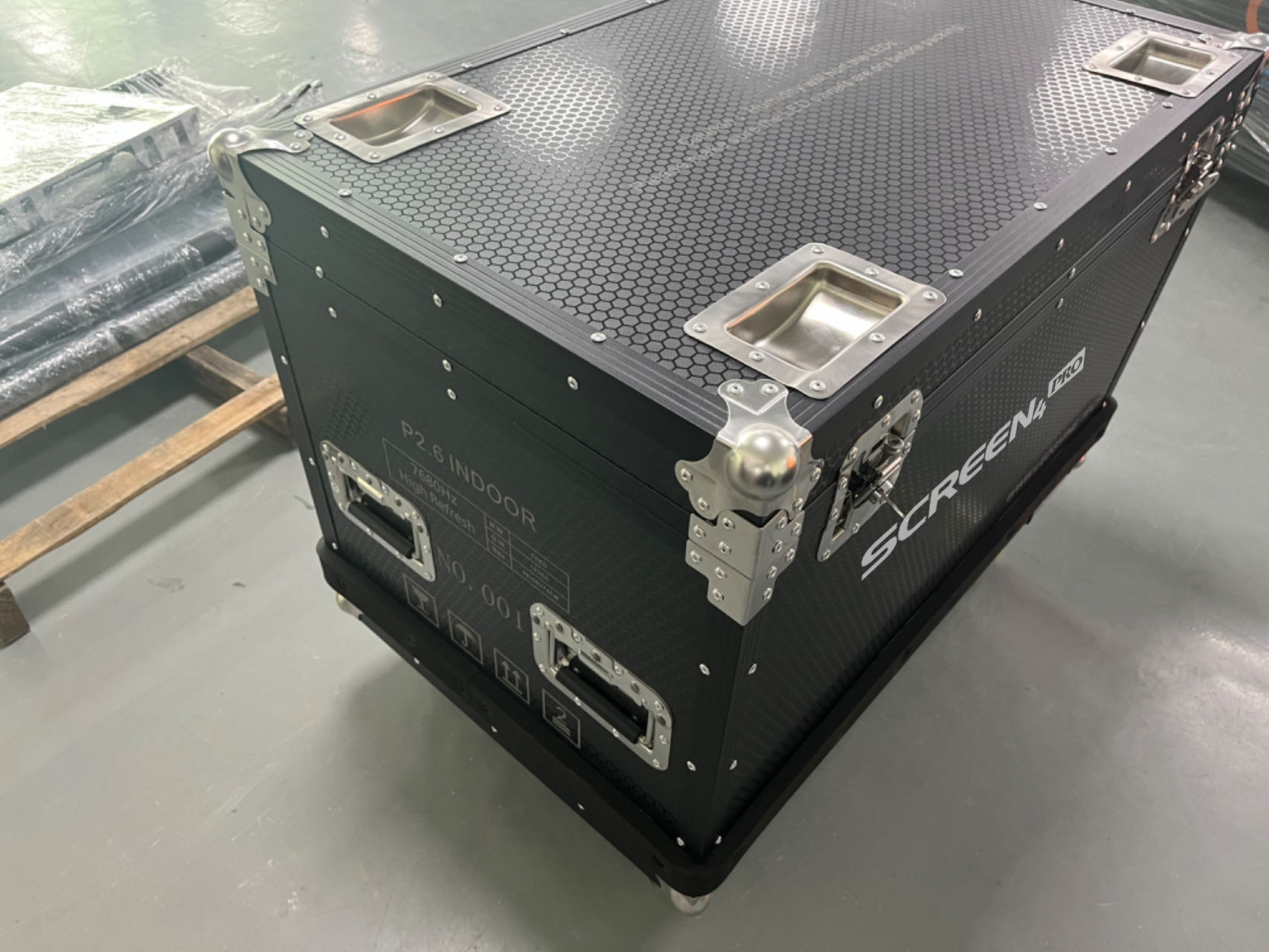
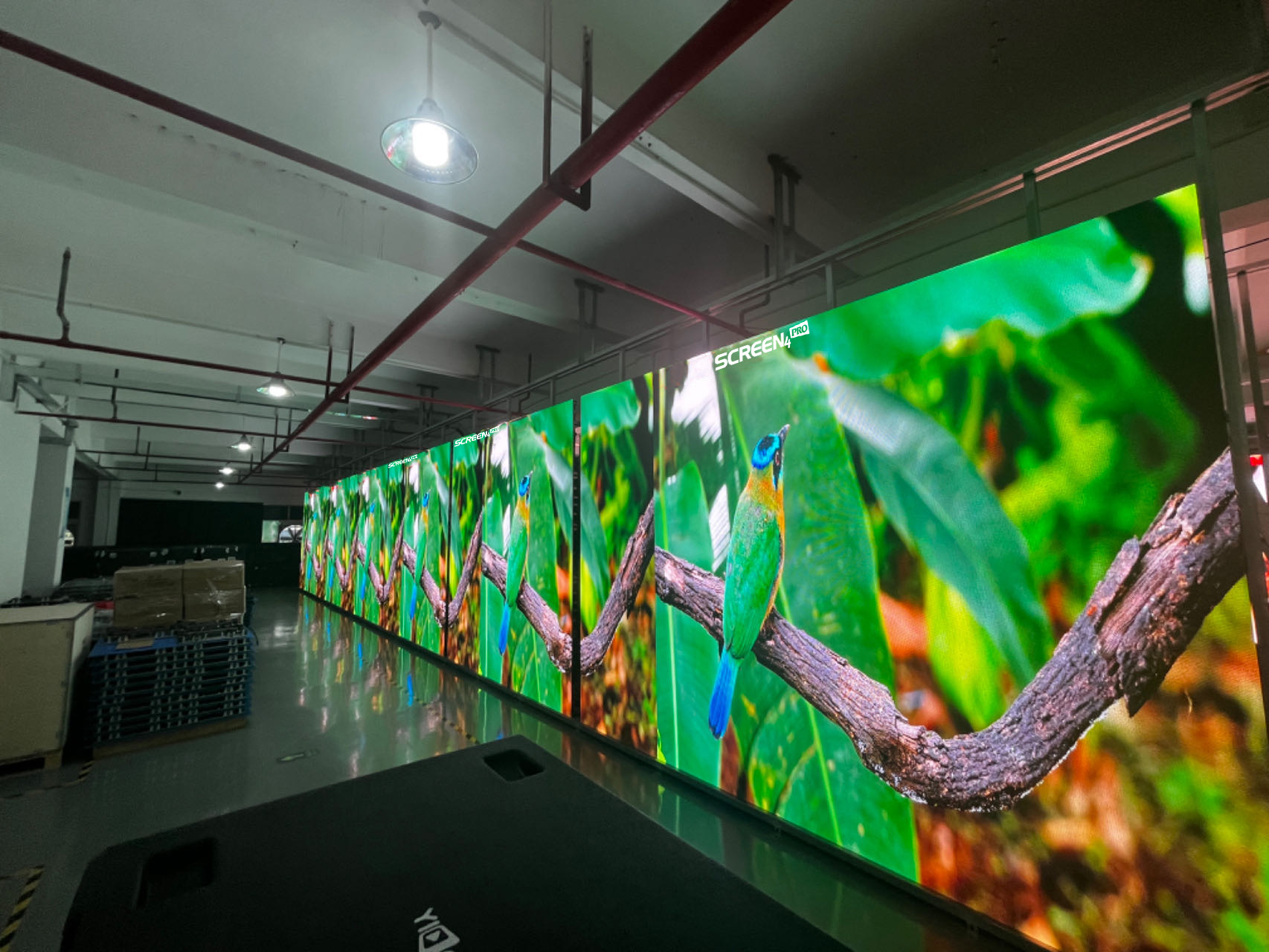
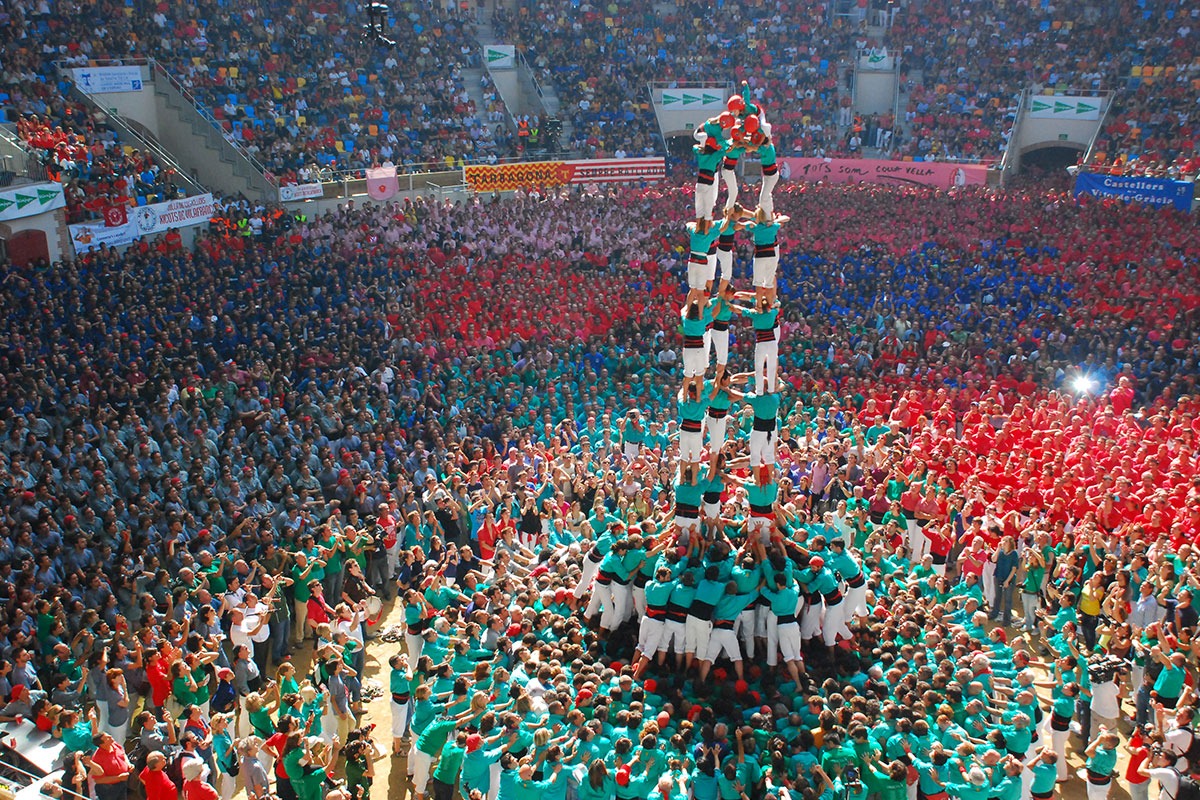
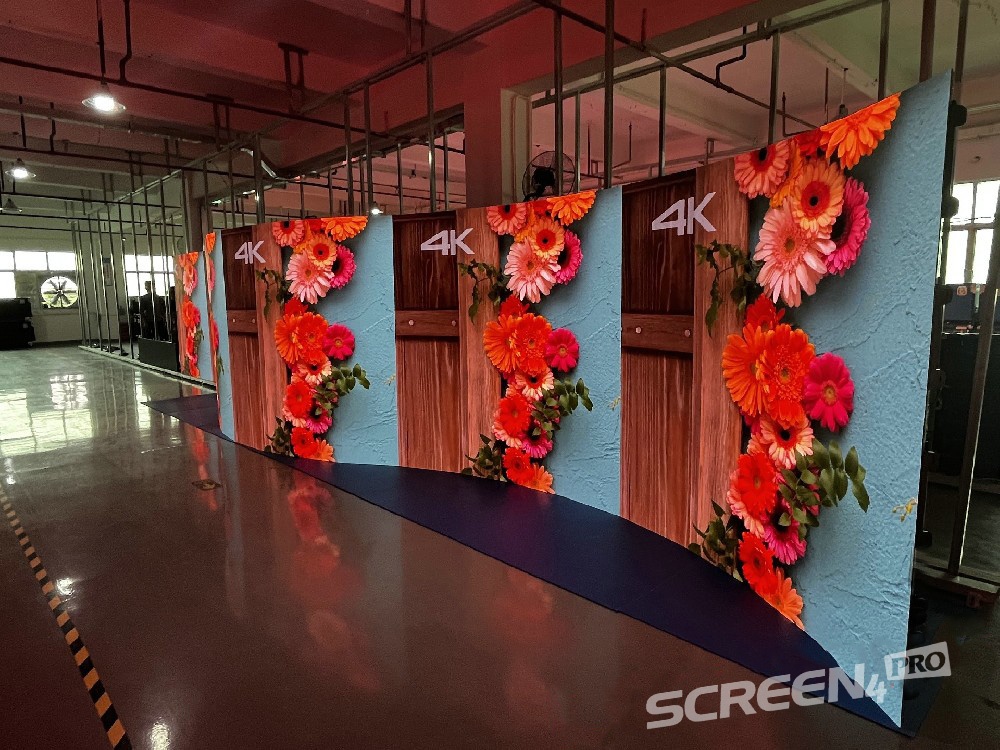
 Address:Songnan Innovation Industrial Park, Guangming DIstrict, Shenzhen, China
Address:Songnan Innovation Industrial Park, Guangming DIstrict, Shenzhen, China Tel:+86 755-21068054
Tel:+86 755-21068054 Email:sales@szscreenpro.com
Email:sales@szscreenpro.com






